18 Facts You Didn’t Know About Mercedes-Benz
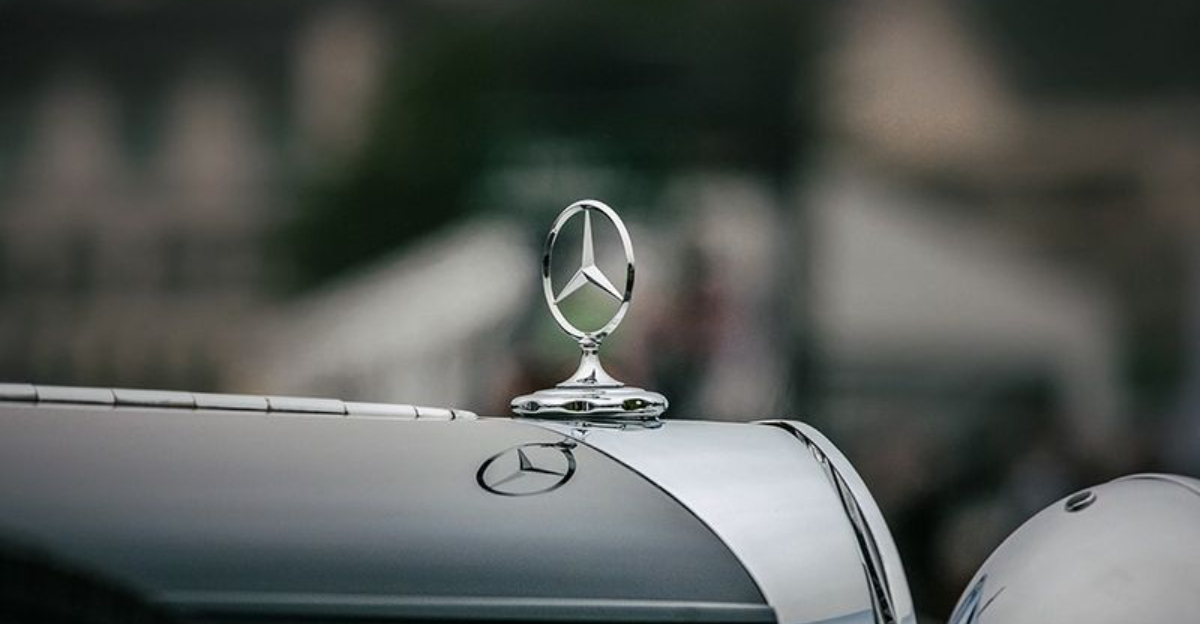
Mercedes-Benz is one of the most prestigious and recognizable car brands in the world. Known for its luxury, innovation, and performance, this German automaker has a long and fascinating history that goes far beyond its iconic three-pointed star.
From surprising firsts to hidden details, here are 18 lesser-known facts about Mercedes-Benz that will make you appreciate the brand even more.
1. The World’s First Car Was a Mercedes (Sort Of)
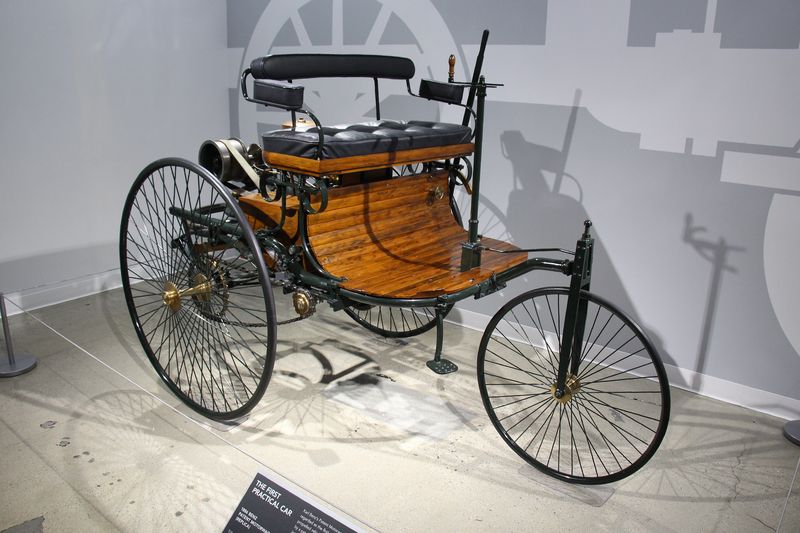
In 1886, Karl Benz developed the Benz Patent-Motorwagen, widely considered the first automobile. Though it wasn’t branded as Mercedes-Benz, this invention laid the foundation for what would become one of the most legendary automakers.
A revolutionary step in human mobility, it transformed transportation forever.
2. A Woman Helped Popularize the Automobile
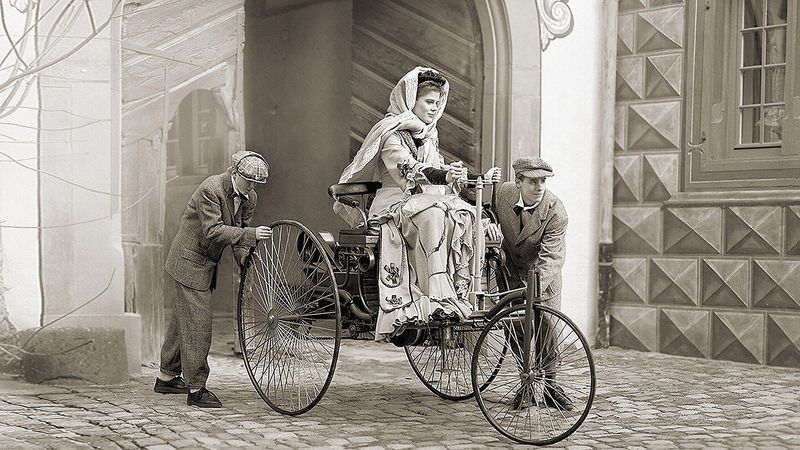
Karl Benz’s wife, Bertha Benz, took the Motorwagen on a 66-mile journey to prove its reliability. Her daring trip became the world’s first long-distance car journey.
She made history by stopping at a pharmacy, thereby establishing the first-ever “gas station.”
3. The Name “Mercedes” Comes from a Little Girl
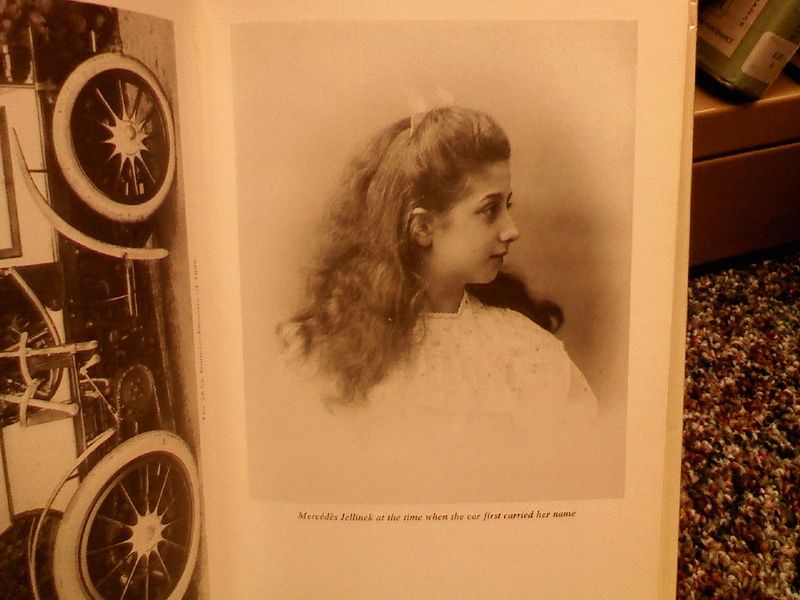
The “Mercedes” in Mercedes-Benz was named after Mercedes Jellinek, daughter of Emil Jellinek, a wealthy businessman.
He sold early Daimler automobiles and insisted on naming them after his beloved daughter. By 1902, “Mercedes” was officially trademarked, encapsulating elegance.
4. The Three-Pointed Star Symbolizes Universal Mobility
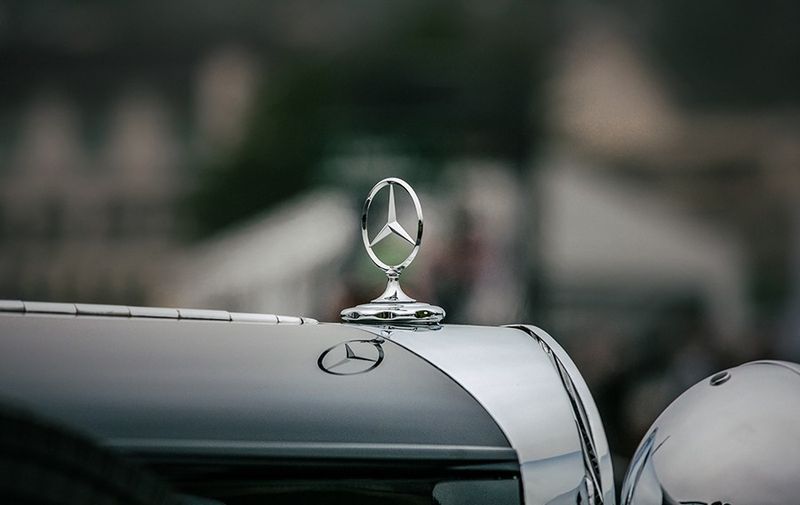
The famous Mercedes-Benz logo represents land, sea, and air, highlighting the company’s ambition to create engines for various vehicles.
This iconic emblem underscores their commitment to universal mobility and innovation across different realms of transportation.
5. The First Modern Supercar Came from Mercedes-Benz
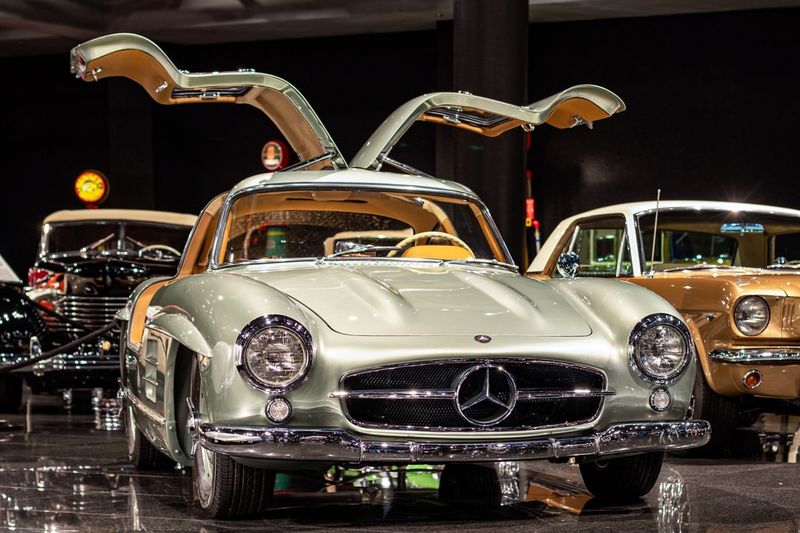
The Mercedes-Benz 300SL Gullwing (1954) is considered the world’s first supercar. With fuel injection, aerodynamic design, and iconic gullwing doors, it was revolutionary.
This model epitomizes luxury and performance, forever changing sports car engineering.
6. Mercedes-Benz Pioneered Crash Testing
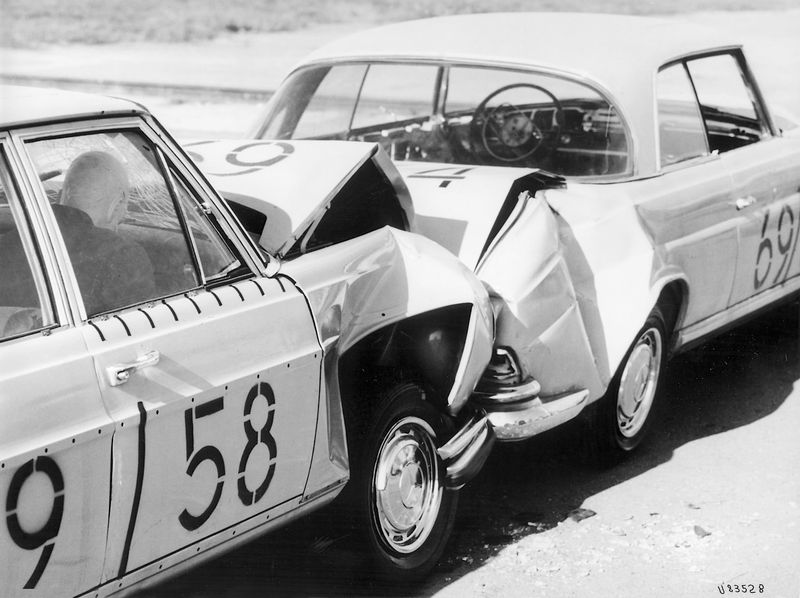
Long before safety regulations, Mercedes-Benz conducted crash tests in the 1950s.
The company remains a leader in automotive safety, introducing features like crumple zones, anti-lock brakes, and stability control, setting a high bar for industry standards.
7. They Built the First Self-Driving Car (in the 1980s!)

Decades before Tesla, Mercedes-Benz developed a self-driving car prototype called the VaMoRs in the 1980s.
This early autonomous vehicle successfully navigated roads at speeds up to 56 mph, pioneering technology that continues to evolve today.
8. The Popemobile Is a Mercedes-Benz
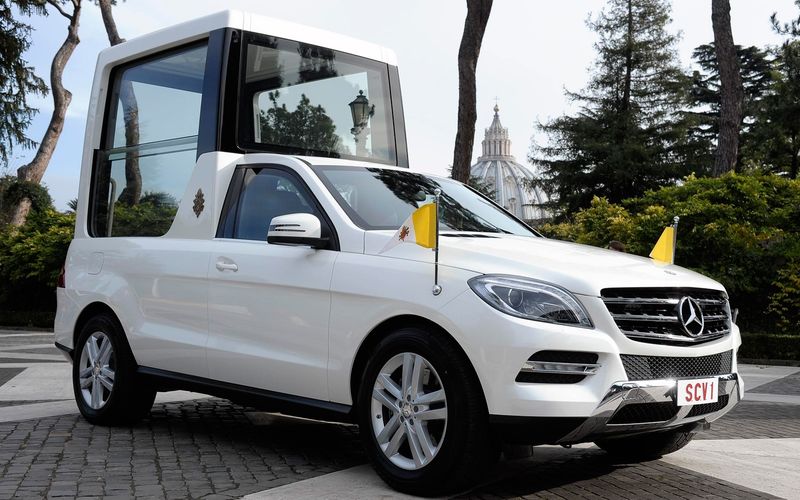
Many of the Pope’s official vehicles, including the famous bulletproof Popemobile, have been custom-built by Mercedes-Benz.
These vehicles ensure comfort and safety, playing a significant role during public appearances around the world.
9. The G-Class Was Originally a Military Vehicle
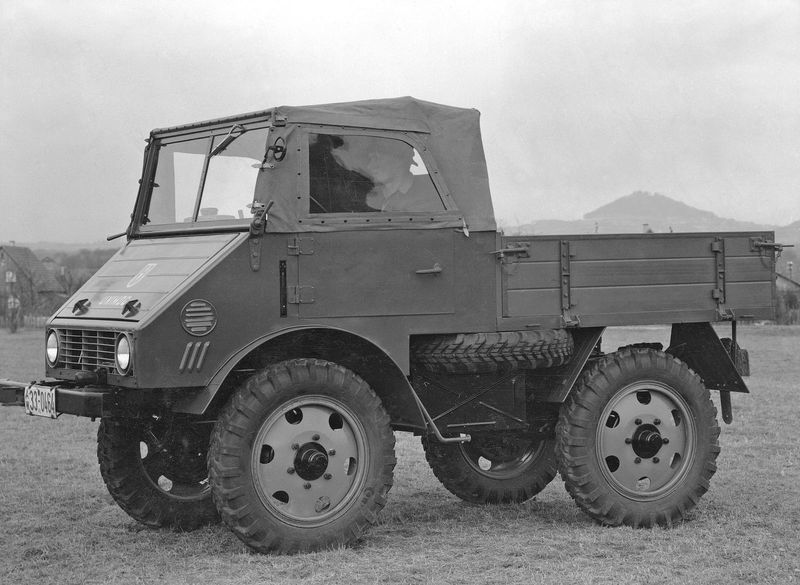
The rugged Mercedes-Benz G-Wagon was initially developed for military use in the 1970s.
Its durable design, capable of tackling the toughest terrains, made it a favorite for off-road enthusiasts and celebrities alike, showcasing versatility.
10. Their Cars Have Diamond-Grinding Technology

Mercedes uses diamond-coated grinding tools to create ultra-precise engine parts, reducing friction and improving efficiency.
This cutting-edge technology ensures their engines run smoother, last longer, and perform exceptionally well.
11. Among the First Cars with Brakes on All Four Wheels Was a Mercedes
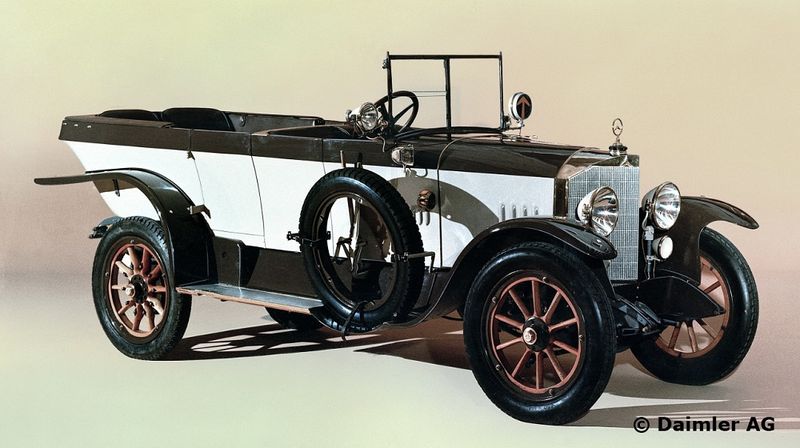
In 1924, Mercedes introduced one of the first production cars with four-wheel brakes.
This groundbreaking safety innovation improved vehicle control and paved the way for modern automotive braking systems, enhancing safety standards worldwide.
12. Mercedes Holds the Record for the Fastest Prototype Car in the 1930s
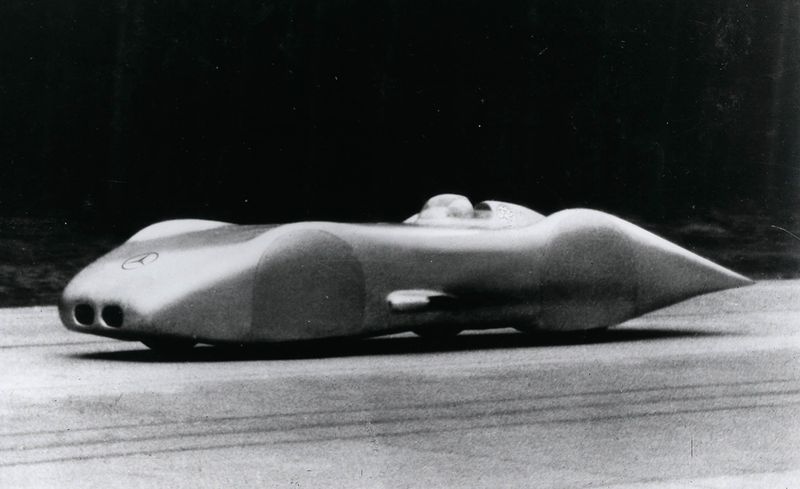
The Mercedes-Benz W125 Rekordwagen hit an astonishing 268.9 mph on a public road in 1938, setting a world speed record that stood for decades.
This feat showcased Mercedes’ engineering prowess and pursuit of performance excellence.
13. Mercedes Helped Develop the Airbag

In the 1970s, Mercedes-Benz played a crucial role in airbag development, introducing the first production airbag in the 1981 S-Class.
The innovation has saved countless lives and reinforced Mercedes’ commitment to safety.
14. The S-Class Always Debuts New Tech Before Any Other Car
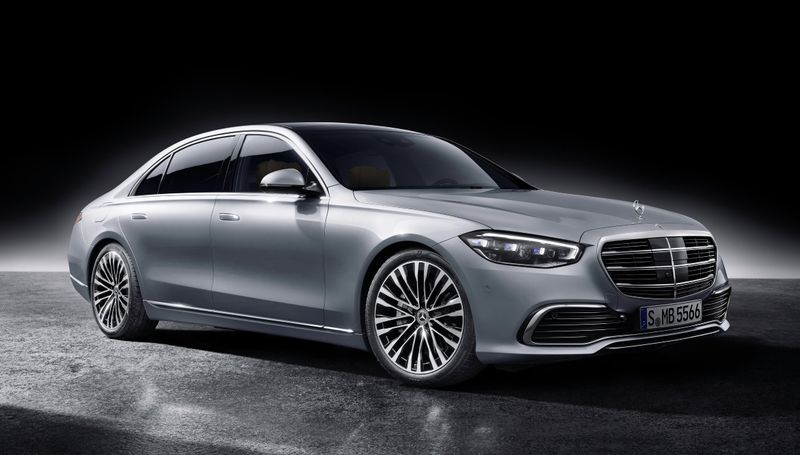
Many automotive firsts—such as adaptive cruise control, night vision, and massaging seats—debut in the Mercedes-Benz S-Class before other models.
This flagship vehicle consistently sets the benchmark for luxury and innovation in the industry.
15. The Maybach Division Creates Ultra-Luxury Vehicles
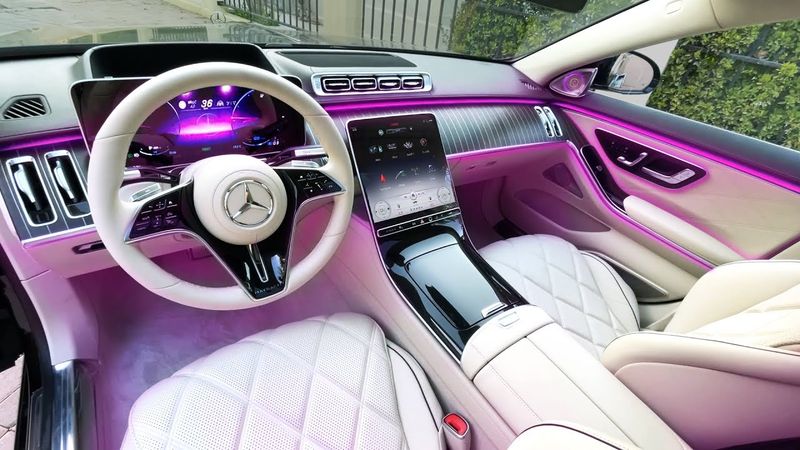
Mercedes-Maybach models offer next-level luxury, including hand-stitched leather, champagne refrigerators, and reclining seats with footrests.
These vehicles rival Rolls-Royce in opulence, providing unmatched elegance and comfort.
16. Mercedes Once Built a Bulletproof Car for a Dictator
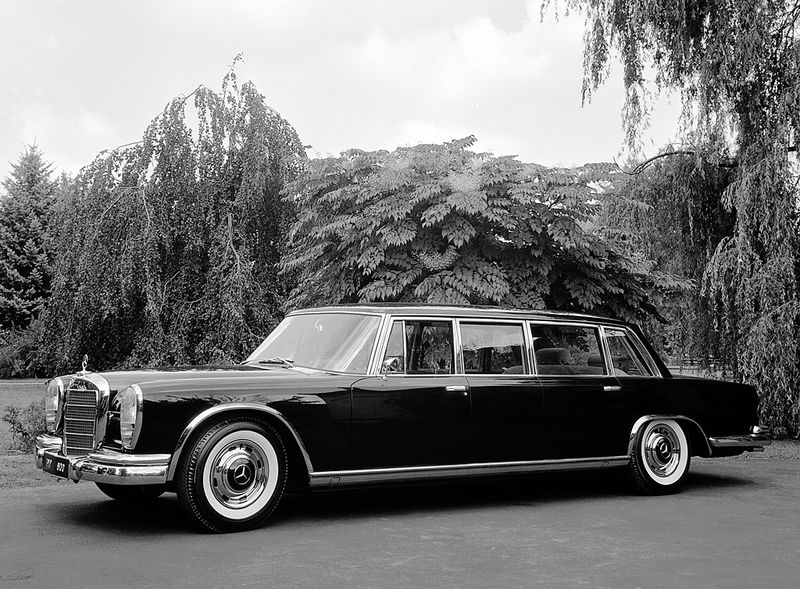
In the 1960s, the Mercedes-Benz 600 Pullman became a favorite of world leaders, including dictators.
Its bulletproof versions were considered the safest executive cars of the era, combining security with luxury.
17. The AMG Division Began as an Independent Tuning Company
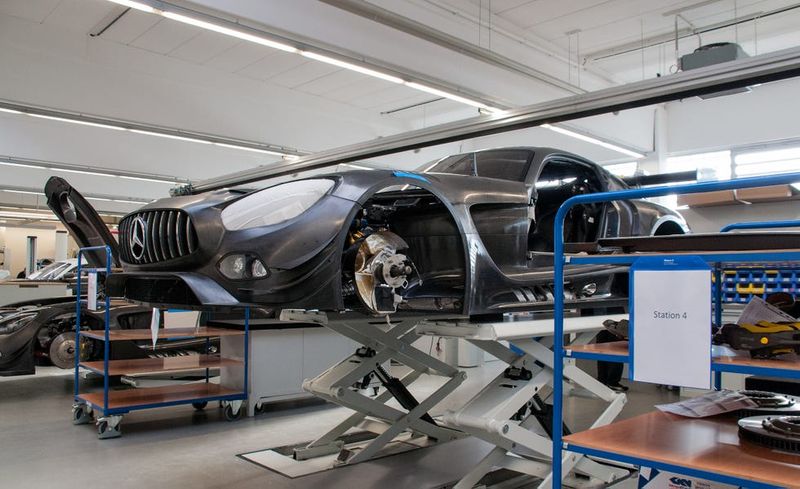
Mercedes-AMG started as a small performance shop in 1967, tuning Mercedes cars for racing.
Today, AMG produces powerful and sought-after high-performance models, cementing its place in automotive history.
18. Mercedes-Benz Once Made a Highly Safe Experimental Car
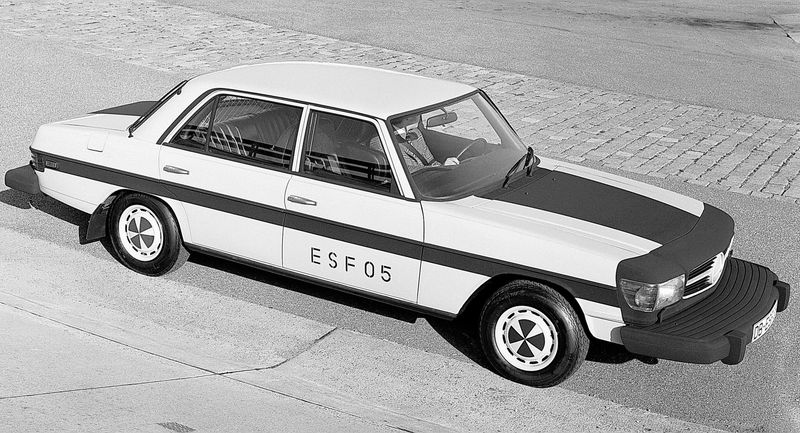
The ESF (Experimental Safety Vehicle) program in the 1970s created a prototype with airbags, seatbelt pretensioners, and reinforced structures.
Features from this experimental model later became standard in all cars, leading to safer driving experiences.
